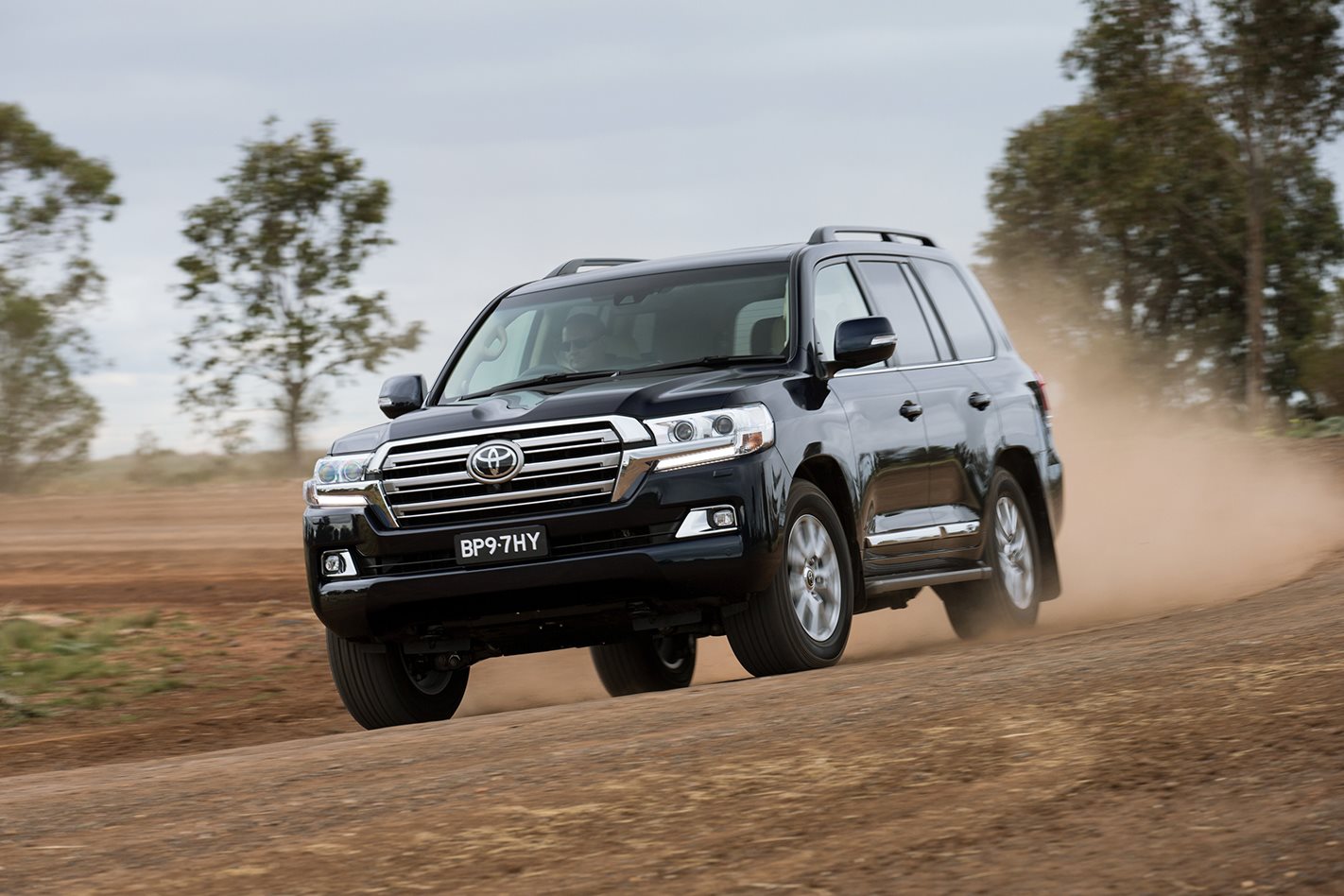
Score breakdown
Things we like
- Go-anywhere, do-anything mothership
Not so much
- Big, bulky and heavy
What stands out?
The Toyota LandCruiser is as good as it gets if you want to head Outback in a big and comfortable four-wheel drive wagon. Even if Outback travel is not on your to-do list, the 200 Series is surprisingly friendly in the city for a vehicle this big. Most versions seat at least seven.
What might bug me?
Manoeuvring in tight city carparks. This is a big vehicle.Having to scrape up the cash to pay for the fuel bill.
What body styles are there?
There is just one basic body, a large SUV-type wagon. Every model except one has a horizontally split tailgate and three rows of seats, and is designed for families. The exception is the GX, a commercial vehicle designed primarily for fleet use, which has a vertically split, barn-door tailgate and only two rows of seats.
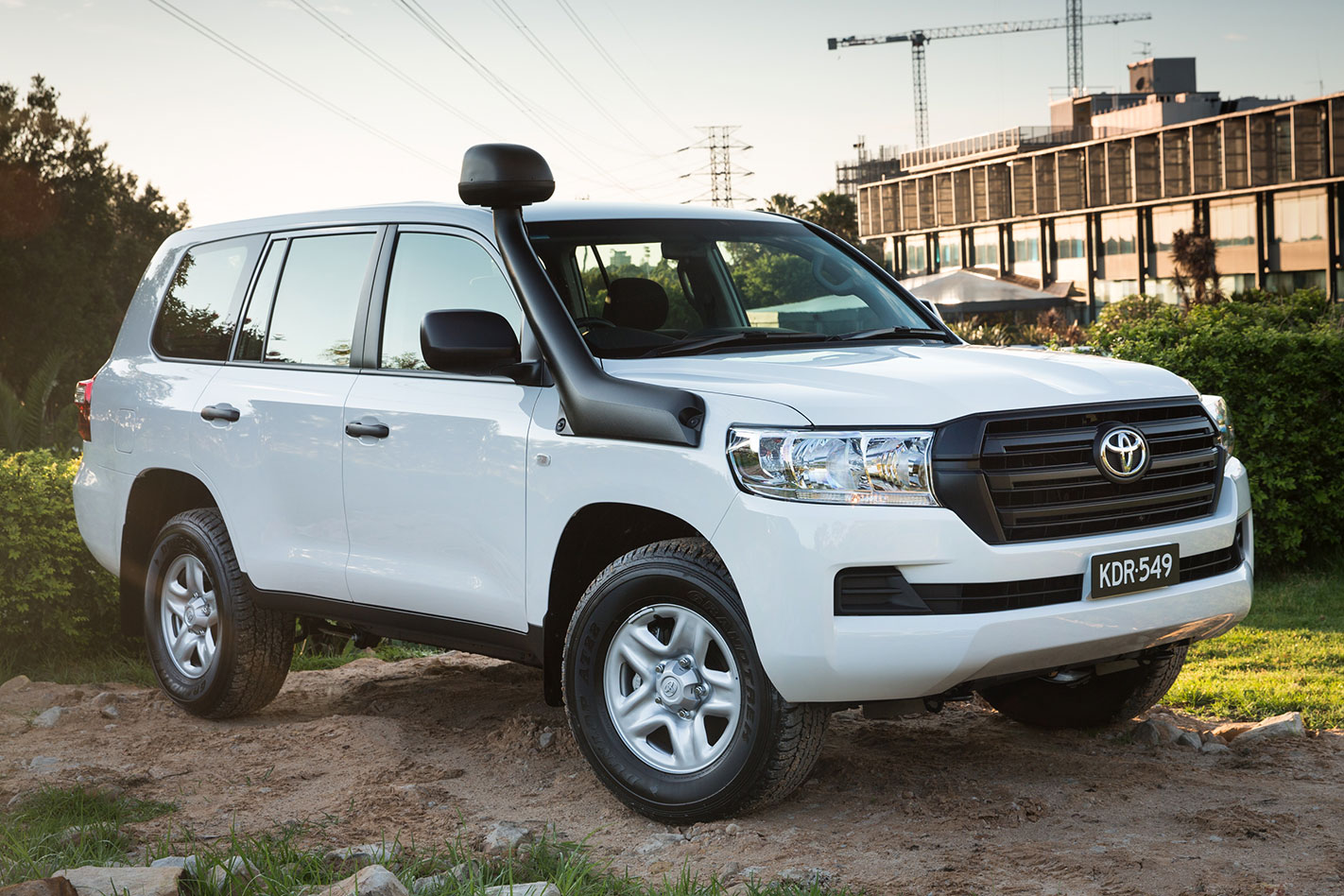
What features do all LandCruiser 200s have?
- Cruise control
- Tilt and reach steering-wheel adjustment
- Bluetooth phone connectivity
- Power windows
- Crawl Control, which helps when driving off road. It automatically controls the accelerator and brakes to maintain a speed you select, so that you can concentrate on steering.
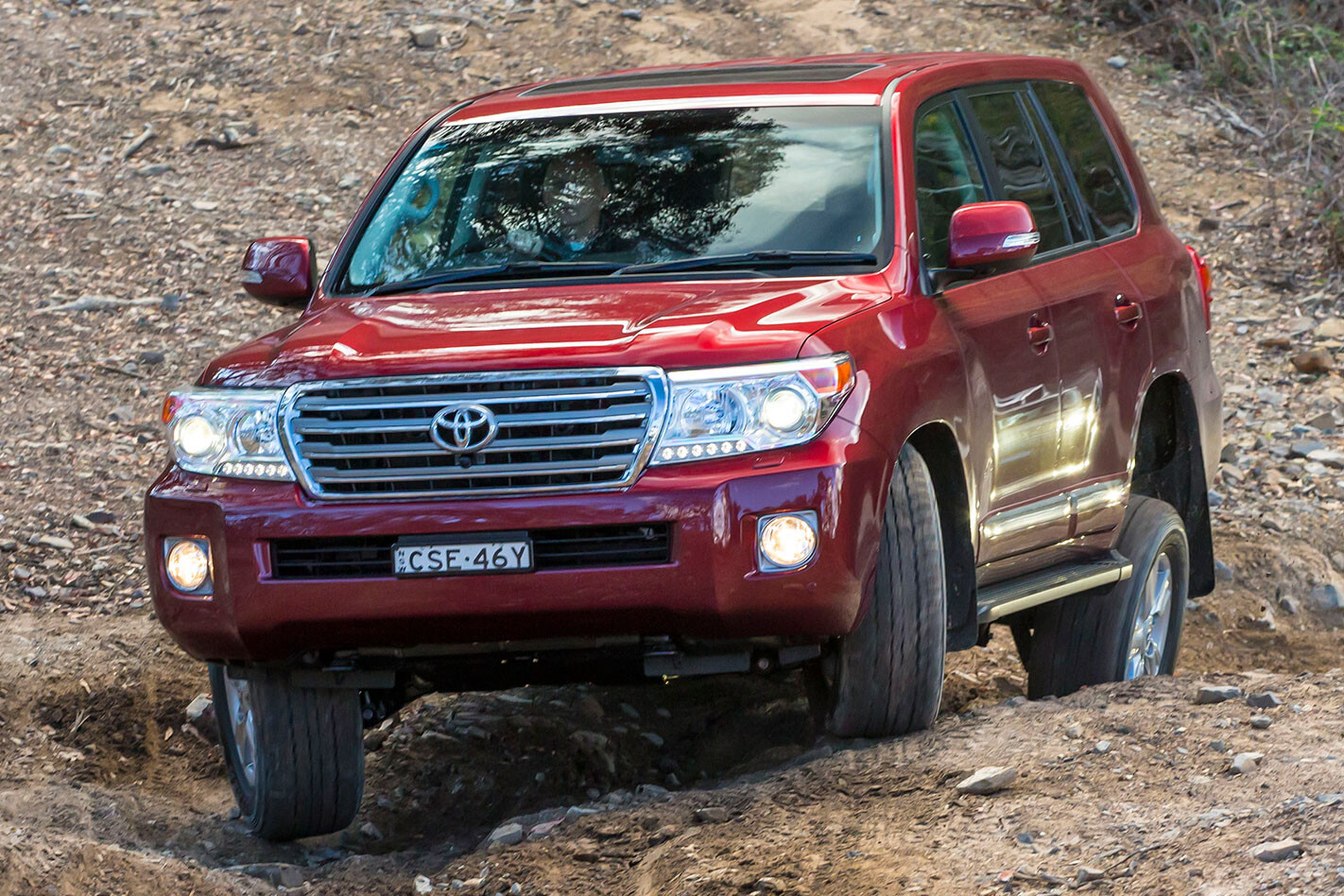
- Electronic Traction Control, which helps you go further in difficult off-road conditions.
- Electronic Stability Control, which helps the driver control the vehicle in a skid. All new cars must have this feature.
- Trailer Sway Control, which helps settle the vehicle if a trailer you are towing is swaying from side to side.
- At least eight airbags: frontal and knee airbags for the driver and front passenger; side airbags to protect the upper body of the driver and front passenger; and curtain airbags to protect the heads of outer passengers in all three rows of seats.
- This standard features list may seem a little thin but it’s skewed by the GX, which is stripped for its work-vehicle role.
- All models carry Toyota’s five-year, unlimited kilometre warranty.
Which engine uses least fuel, and why wouldn’t I choose it?
The 4.5-litre V8 turbo-diesel is the only engine available in a LandCruiser 200, and uses 9.5 litres/100km (city and country combined) in the official test, though expect this to rise by about 20 percent in real-world driving.The V8 diesel is fitted with a six-speed automatic gearbox, the only gearbox on offer.There was a 4.6-litre petrol V8, but this accounted for a fraction of sales and was dropped from the range in August 2019.
What key features do I get if I spend more?
Prices start with the commercial grade LandCruiser GX, but this model is unique not just because it seats only five and has vertically split doors at the rear. It’s the only model with vinyl floor coverings instead of carpets, and 17-inch pressed-steel wheels.The GX is also the only model with a snorkel-style engine air intake standard. This draws air from just above the roofline on the driver’s side, and allows you to ford creeks without fear of water getting into the engine and damaging it. And you can’t get a GX with the petrol engine.Spend more for a LandCruiser GXL and you get:
- Carpets on the floor, audio.
- Phone and trip-computer switches on the leather-appointed steering wheel.
- Fancier looking wheels made from aluminium alloy.
- A 6.1-inch touchscreen with a reversing camera (backed up by rear parking sensors) and satellite navigation.
- A 4.2-inch multi-information display (MID) which shows visual alerts, odometer, trip meter, fuel consumption, eco driving indicator, cruising range, shift position and various warnings.
- Dual zone air-conditioning allows different temperatures to be set for each side of the cabin.
- Sidesteps help you get in.
- A third row of seats.
- Roof rails make it easier to add roof racks.
- A proximity key that allows you to unlock and start the car with the key safe in a pocket or bag.
- Headlamps use extremely long-lasting LEDs for low beam.
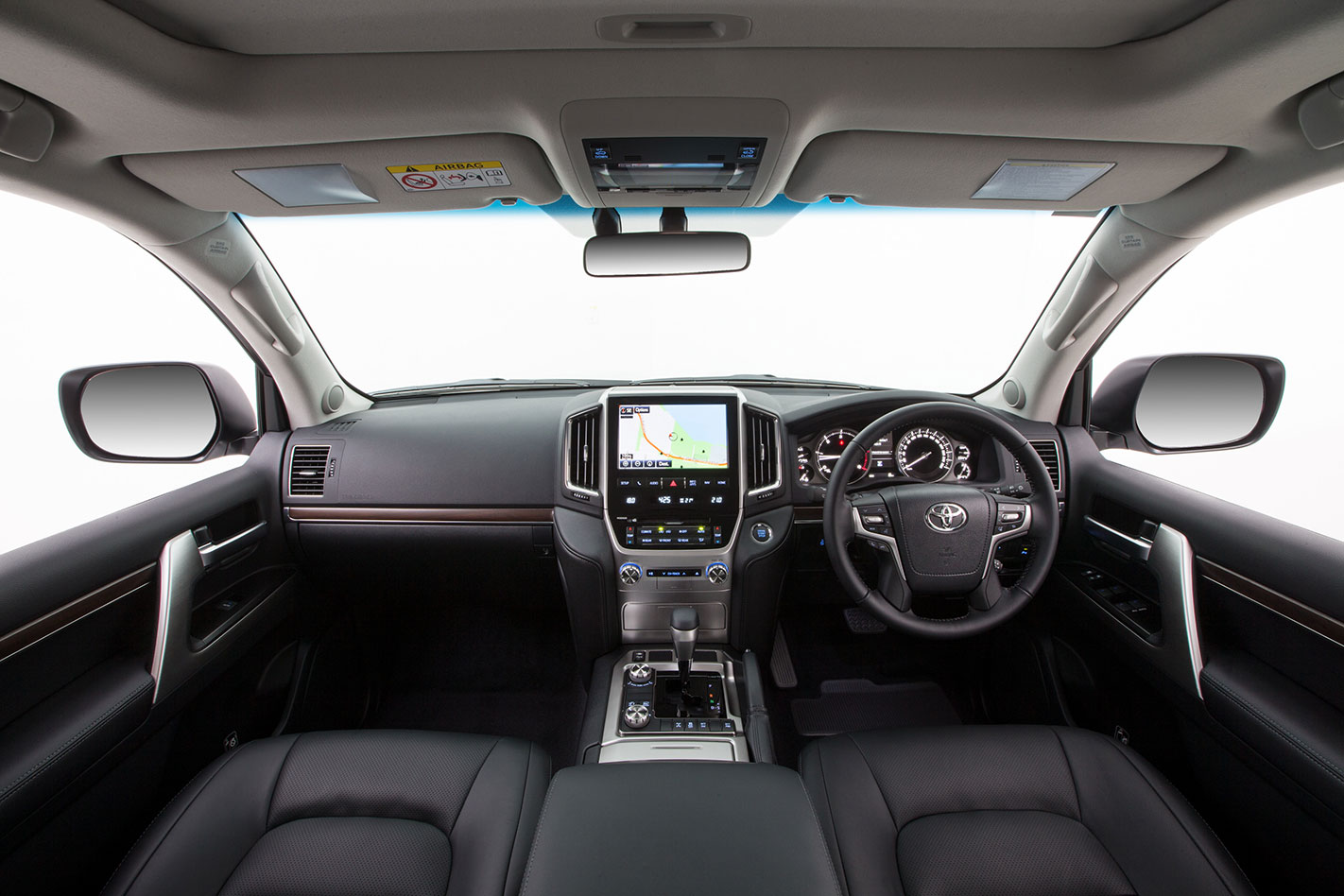
- Body-protecting side-impact airbags for outer passengers on the middle-row seats, for a total of 10 airbags.
- Bigger 9.0 inches touchscreen.
- Front and rear parking sensors.
- Blind-spot monitor and rear-cross traffic alert.
- Interior and door mirrors and dim automatically.
- Rain-sensing windscreen wipers.
- LED headlamps that switch on automatically when it’s dark.
- LED daytime running lights.
- A sunroof.
- Seats are trimmed partially in leather, and are power-adjustable up front.
- Bigger 18-inch alloy wheels with lower profile tyres.
- KDSS suspension.
- A Multi-Terrain Monitor, which helps with off-road driving by using four cameras to show you obstacles that might otherwise be obscured. A wheels’ eye view, if you like.
- Heated and cooled front seats and heated outboard second-row seats.
- Four-zone air-conditioning (rear-seat passengers too can set their own temperatures).
- Memory for adjustments to the driver’s seat, steering wheel and exterior mirrors.
- DVD entertainment for rear-seat passengers.
- Wireless charger for smartphones.
- A cooler box in the centre console.The Sahara also active cruise control (which will slow you to match the speed of a vehicle in front), as well as a suite of active safety aids comprising autonomous emergency braking, lane departure warning, as well as the blind-spot alert, and rear cross-traffic alert available in the VX. (For more on these systems, please open the Safety section below.)
Does any upgrade have a down side?
Every model except for the GX loses significant cargo space to the third-row seats.Moving up the feature levels also brings an increasingly heavy car, which is less responsive to drive.The more expensively equipped models also have a reduced payload – they can carry less weight in cargo and passengers. This is very relevant for trips in remote areas, where often you need to carry extra fuel, wheels and water.The alloy wheels on most LandCruisers are less sturdy in rough terrain than the steel wheels on the GX.If you choose a VX or Sahara, the third-row seats accommodate only two people. In other LandCruisers they accommodate three.
Multi-Terrain Select does not offer significant off-road benefits and is fussy to use. Likewise the Multi-Terrain Monitor is more gimmick than benefit, even if it can be useful at times.Every colour except white is an extra-cost option.
How comfortable is the Toyota LandCruiser?
The Spartan look of the GX outside is mirrored inside with its vinyl floors. Otherwise it doesn’t present badly and is very user friendly, with simple controls and big dashboard buttons. And every LandCruiser has a large, roomy and comfortable cabin with excellent seating.More costly models provide increasing luxury, even opulence. However the most costly, particularly the Sahara, host myriad switches, not all of which fall readily to the driver’s eye.On the road the LandCruiser 200 feels like a big limousine, with a comfortable and ultra-quiet ride – even if the truck-style rear suspension layout allows bumps to affect your heading on some rough roads.
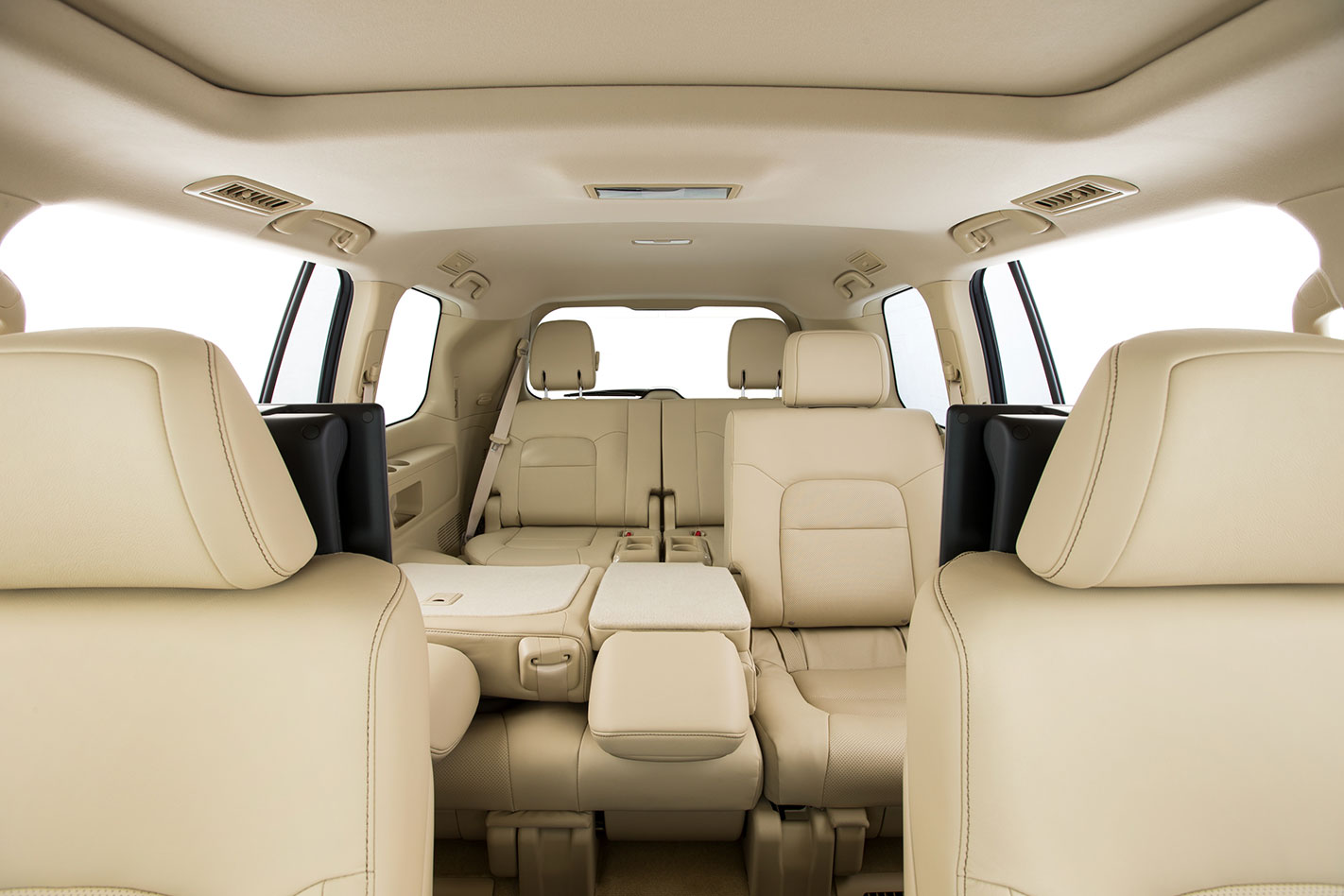
The engine offers fuss-free driving with ample power on hand at all times, and works in contented harmony with the six-speed automatic gearbox.The GX has some wind noise produced by the snorkel.
What about safety in a LandCruiser?
All LandCruiser 200s bar the commercial-grade GX rate as Excellent for safety, with head-protecting side-curtain airbags extending past all outer passengers.The basic GX still rates as Very Good, the key difference being the absence of a reversing camera.The most expensive LandCruisers – the VX and Sahara – get an additional two airbags, for a total of 10. These are positioned outside the middle seat row and below the side-curtain airbags, to cushion the chests of middle-row outer passengers from side-impacts.The LandCruiser Sahara (only) gained active cruise control and an active safety suite that draws on radar and camera based sensors. A couple of these, blind-spot monitoring and rear-cross traffic alert, were added to the VX in October 2018.
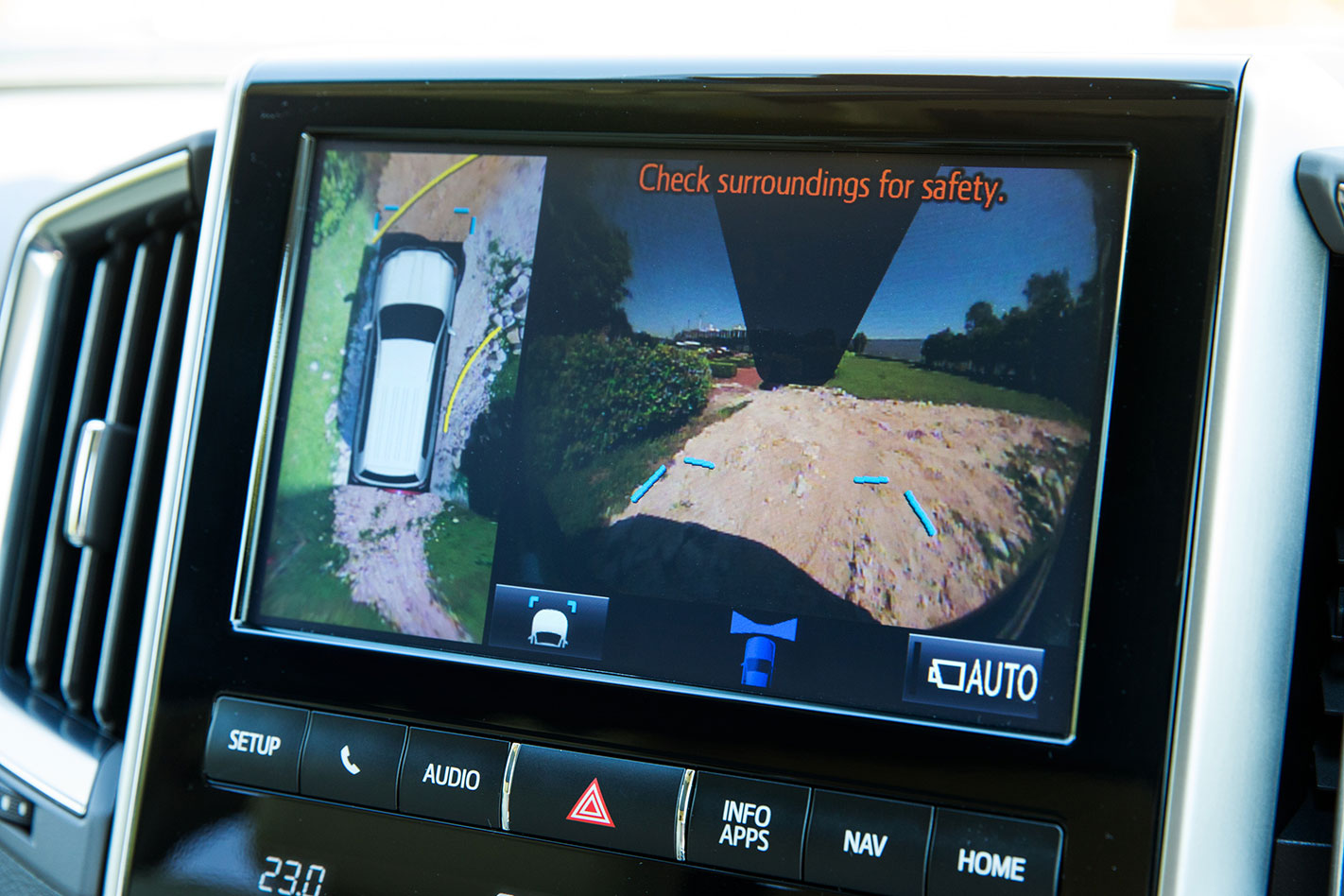
I like driving – will I enjoy this car?
The LandCruiser 200 isn’t a driver’s car as such, as it doesn’t like to be driven hard. It’s simply too big and heavy, and the suspension is tuned for comfort and not precision.
Models with KDSS automatic suspension adjustment handle noticeably better on sealed surfaces, due to reduced body roll. The 200 responds best to a smooth driving style.
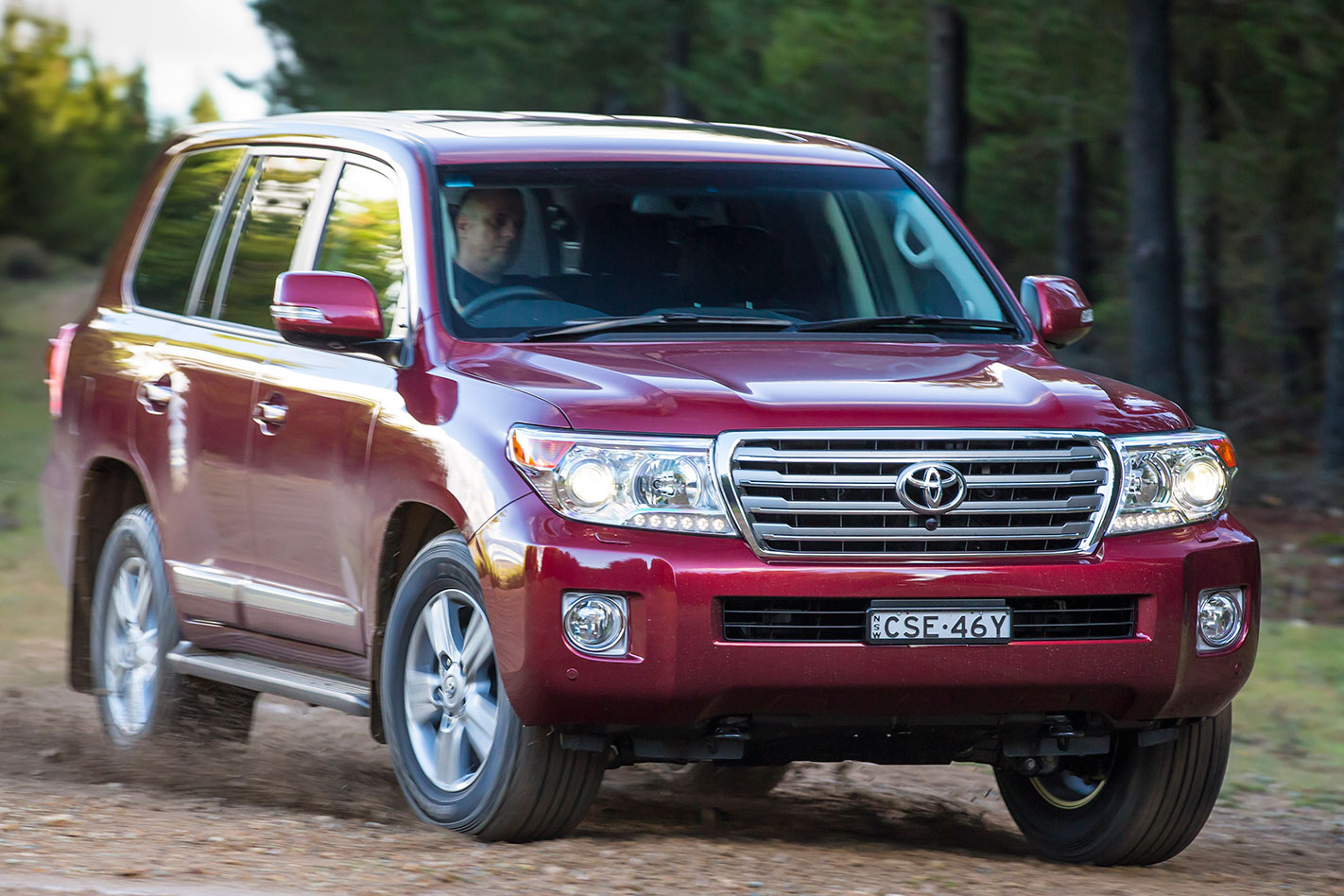
If you want an extremely capable and comfortable wagon that’s at home in the bush and the outback, the 200 is impossible to go past.
How is life in the rear seats?
Rear seats don’t come much more roomy or comfortable than with the LandCruiser 200. The Sahara’s heated rear seats and separate air-conditioning controls for the rear of the cabin add up to a major comfort bonus.
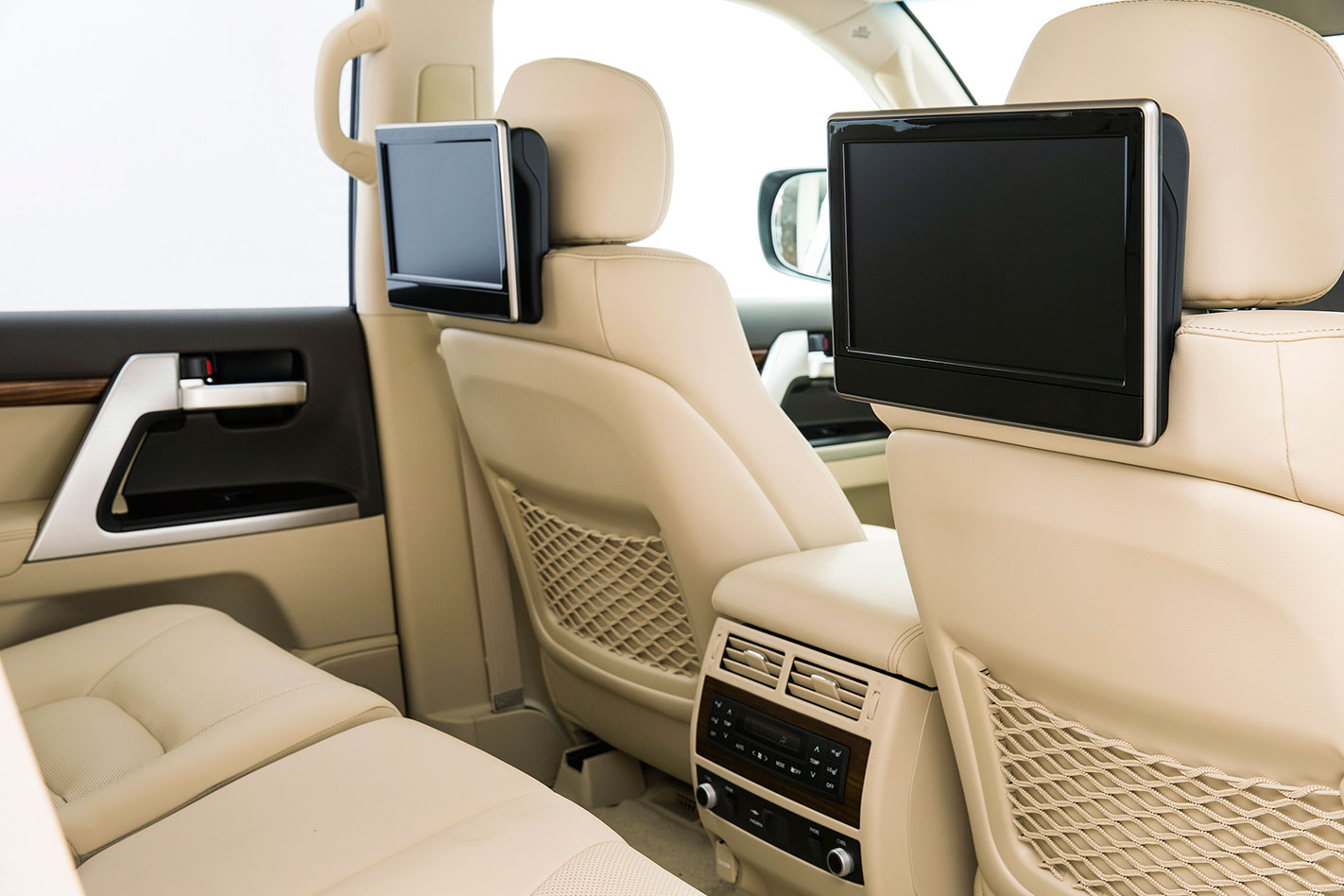
The third-row seats, accessed by folding the backrest and then sliding forward the base of the second-row seats, are best suited for children or small, agile adults.
How is it for carrying stuff?
The LandCruiser, especially the GX with its cavernous cargo area, is great for carrying stuff. Models with third-row seats still have generous luggage space.The full-sized spare wheel is carried under the car, so that in the event of a flat tyre, luggage does not have to be unpacked to get to the spare.
All models are rated to tow 3500kg – as much as any big 4WD – and make great tow vehicles. Both engines, but especially the diesel, offer plenty of power at low engine speeds, which is needed for towing.
Where is the LandCruiser 200 made?
All LandCruiser 200s are made in Japan.
What might I miss that similar cars have?
Not much in a car as complete. The Land Rover Discovery offers sharper on-road handling.There are seven-seat, off-road capable SUVs available at lower prices, among them Toyota’s own Prado and Fortuner. But none matches the LandCruiser’s big V8 diesel engine, interior space and comfort, effortless towing, tough build, and off-road performance.The Nissan Patrol is comparable for size but not for the strength of its diesel. The most recent, Y62 Patrol is available only with a big petrol V8.Another off-road capable, seven-seat SUV you might consider is the Ford Everest, which is based on the Ford Ranger ute. However, like the Prado and Fortuner it won’t haul as hard as the LandCruiser.
Are there plans to update the LandCruiser soon?
The 200 Series appeared in late 2007. A minor update about November 2015 brought a reshaped nose, slightly reduced fuel consumption from the diesel engine, larger touchscreens on most models, and active safety aids for the Sahara.In October 2018 Toyota added front and rear parking sensors, and new instrument cluster to the GLX while the VX adopted some Sahara features including blind-spot monitor, rear cross-traffic alert, multi-terrain monitor and auto-dimming mirrors.In August 2019 Toyota dropped the low-selling and thirstier V8 petrol engine from the range.The LandCruiser 200 will be around until 2021 by which time it’s expected to be replaced by the LandCruiser 300 that’s seems set to bring more economical turbo V6 and hybrid powertrains.
I like this car, but I can’t choose which version. Can you help?
The GXL fitted with the optional KDSS is comfortably the pick of the range.
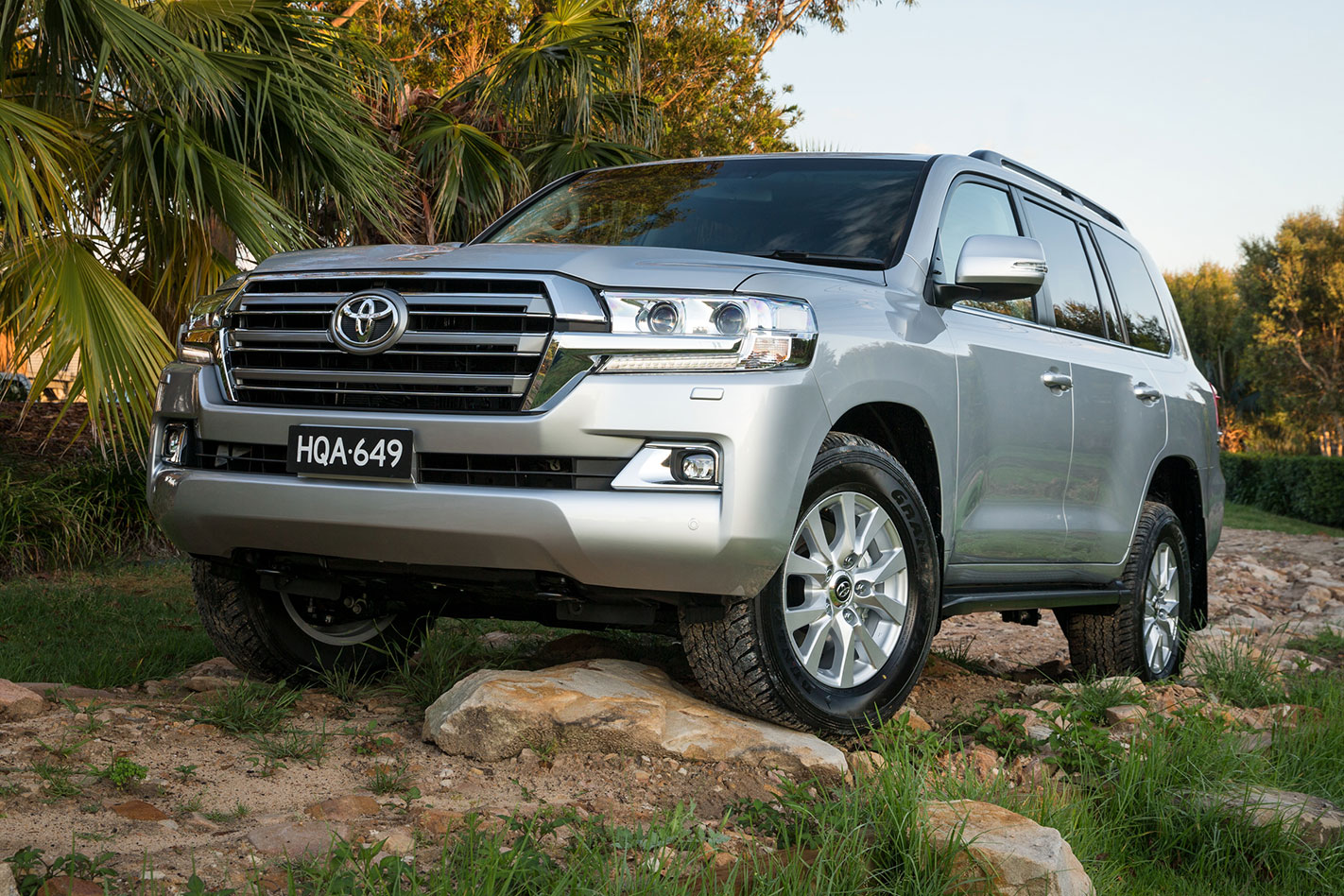
However, the GX is a better starting point as a specialist remote-area touring and off-road vehicle.
Score breakdown
Things we like
- Go-anywhere, do-anything mothership
Not so much
- Big, bulky and heavy



